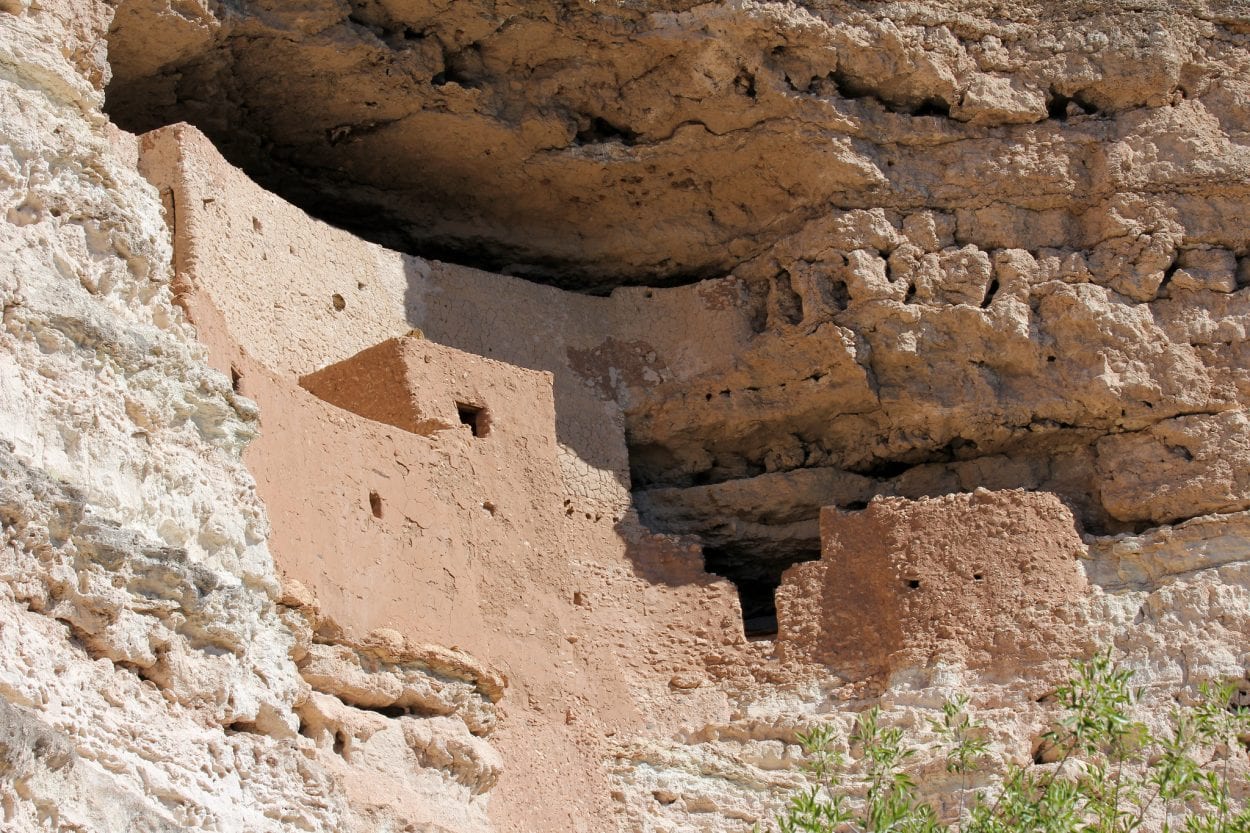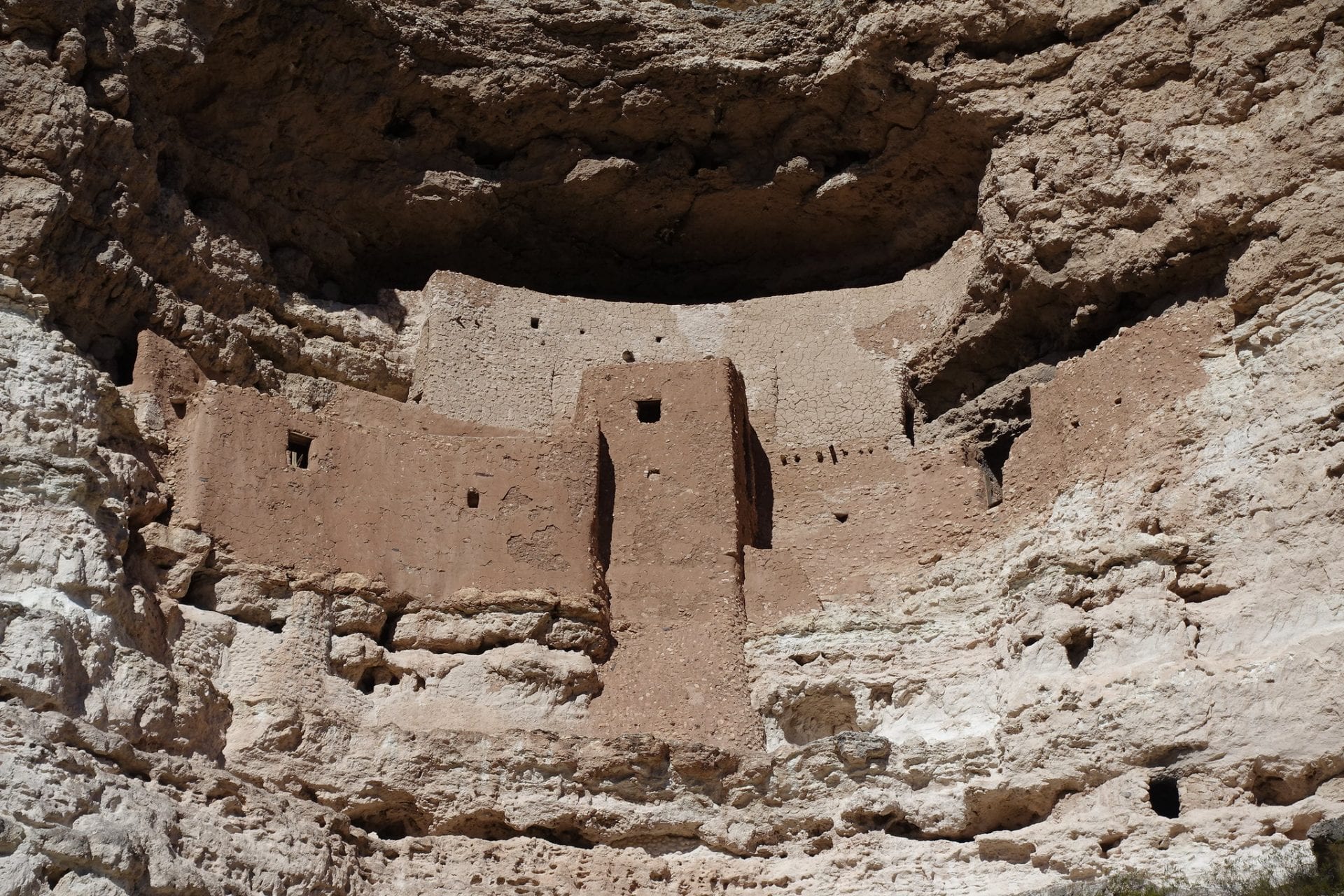The Sinagua was a pre-Columbian civilisation from AD 500 to 1425 that lived primarily in what is now Arizona, USA.
The modern name of Sinagua was created in 1939 by archaeologist Harold S. Colton from the Spanish words “Sin” and “Aqua”, meaning “Without” and “Water” that was in reference to the name given by early Spanish explorers to the San Francisco Peaks “”Sierra Sin Agua”.
Colton identified two distinguishable Sinagua cultures, the Northern Sinagua who lived predominantly around the highlands overlooking the city of Flagstaff, and the Southern Sinagua who centred on the lower plains of the Verde Valley in central Arizona.
Early Sinaqua settlements consisted of pit houses, similar in design to structures by the Hohokam, one of the four major cultures of the American Southwest and northern Mexico in Southwestern archaeology.
Later Sinaqua structures developed with a style that can be compared with the Pueblo type of architecture used by other cultural groups of the region. This included the construction of Kiva’s (A room used for religious rituals and political meetings) and large community rooms, ballcourts and courtyards.

By around AD 700, the trade of the Sinaqua reached as far as Mesoamerica where they exported baskets and cloth for rare pigments, shells, copper and salt.
Like many pre-Columbian cultures in the region, the Sinaqua abandoned their settlements by the early 15th century. Whether this was due to drought, lack of resources or escalating conflicts with the Yavapai tribe is still under discussion by archaeologists and academics.
The last known settlement of the Sinaqua is a site called Montezuma Castle by Beaver Creek in the Verde Valley.
Montezuma Castle
Montezuma Castle is a limestone cliff dwelling constructed between AD 1100 and 1350.
First mentioned by European-Americans in the 1860’s, the monument was mistakenly named for the Aztec Emperor “Montezuma” and although not a castle in the traditional sense, it served as a multi-story complex that could offer defence from attacking enemy tribes.
The castle is situated 27metres up a limestone cliff and housed between 30-50 people in 25 rooms. The overall complex is split over five levels and covers an area of almost 370 m2.
The walls are built from early stone-and-mortar masonry using chunks of limestone from the base of the cliff. Entry into the structure was possible via a series of ladders that could be removed to deter attack.
Occupation lasted till around AD 1425, when the castle and other Sinaqua settlements were largely abandoned.
Stone foundations discovered in 1933 suggested that an even-larger dwelling existed on a neighbouring cliff wall, named “Castle Site A” that led to the discovery of many Sinaqua artefacts, but little evidence of this structure survives.
Today Montezuma Castle remains one of the best preserved Sinaqua monuments, in part to the ideal placement in a natural alcove that protects the site from exposure and flooding. Due to heavy looting in the late 19th and early 20th centuries, very few original artefacts survive that could have given us a glimpse into the lives of the castle inhabitants.
Header Image : Montezuma´s castle in Arizona – Image Credit : Jeremy Thompson – CC BY 2.0





